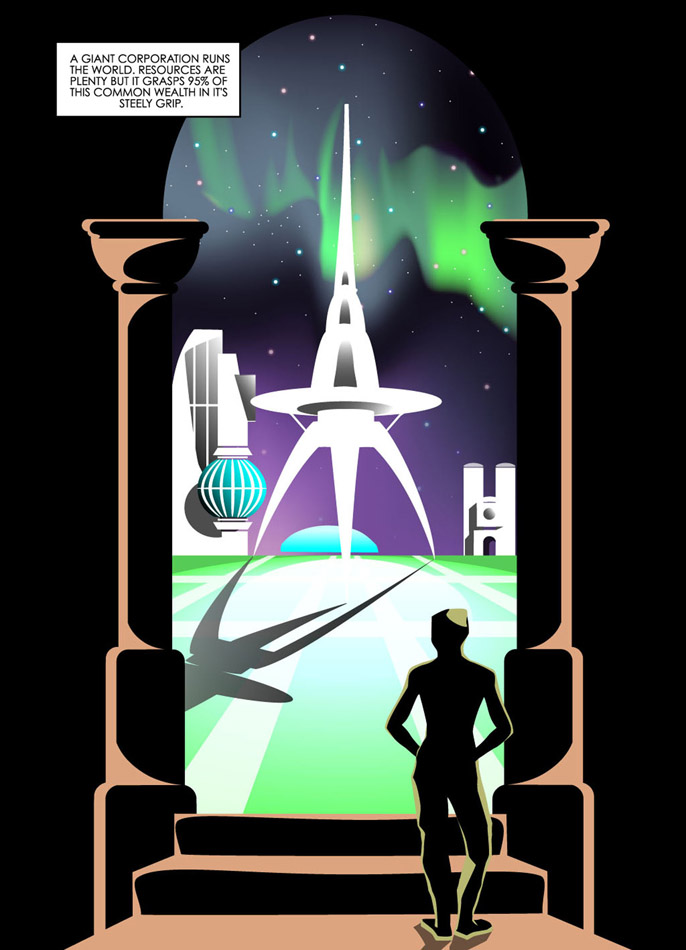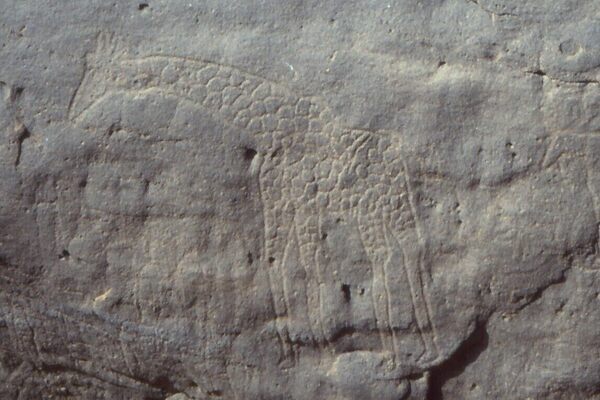Much of their traditional arts were mainly handicrafts like pottery, basket weaving, and wood carving. They’re also known for carving wooden stools. Although they typically use quite a bit of natural materials (wood, grasses, bones), they also use metal (copper or wire art), fabrics, and even plastic. Recycled or upcycled art is also a popular art form. One particular form of textile art is called chitenge material: fabric with print patterns on it in a batik style. The style is typically seen as a type of women’s dress or sarong.
Most modern art in Zambia stems from its introduction from Europeans during the colonial years. All mediums of art--painting, sketching, sculpting, and others--reflected not only typical European styles and techniques, but they quickly learned to incorporate their own bits of African and Zambian influences to it. An organization called Lechwe Trust was created in 1986 was designed to promote Zambian art and artists. For many artists in Zambia, they find it difficult to practice their art in their own country due to the lack of classes and ability to get the materials, often having to study abroad and order supplies from other countries.
 |
| Busy Town by Henry Tayali |
A few artists to take note of include Gladys Kalichini (painter, photographer, drawing), Agnes Buya Yombwe (drawing, sculptor, painter, textile artist, teacher), Henry Tayali (painter, abstract painter), David Daut Makala (sculptor, painter), Milumbe Haimbe (digital illustrator), Nukwase Tembo (surrealist painter), and Stary Mwaba (painter, sculptor, mixed media).
 |
| by Milumbe Haimbe |
Much of what we know about written literature came from the mid-20th century. The vast majority of published works are done in English, but there have been a handful of novels and other works written in local languages, such as Bemba. There’s not an exclusive push for literature; very little has been published on a global scale. The resources just aren’t there. But it is there, and they have a couple publishing houses in Zambia that do produce some works. And there are writers groups consisting of authors and educators coming together to promote Zambian literature and what they can do to increase the interest.
Before the influence of European powers, stories were told aloud and included elements of dance and theatre. Rituals and languages may vary across tribes, but there are many similarities in stories as well. Fables, moral stories, and stories about animals were common, although the stories themselves may have several variations. The Europeans weren’t really fans of this and forced them to stop, but they were basically like, “Nah, man.” The British introduced Western-style theatre in Zambia, and there were also theatre groups which were kept segregated in the beginning. Radio plays and stage plays were not only performed in English but in local languages as well, often merging Western styles with their indigenous traditions.
Some Zambian writers you should look for include Binwell Sinyangwe (known for Quills of Desire and A Cowrie of Hope), Namwali Serpell (known for Muzungu and The Old Drift), Kayo Chingonyi (known for KuMukanda), Wilbur Smith (known for When the Lion Feeds), Dambisa Moyo (known for Dead Aid: How the West was Lost), Mali Kambandu (known for “A Hand to Hold”), Ellen Banda-Aaku (known for Wandi’s Little Voice and Patchwork), and Efemia Chela (known for Chicken).
Up next: music and dance




No comments:
Post a Comment